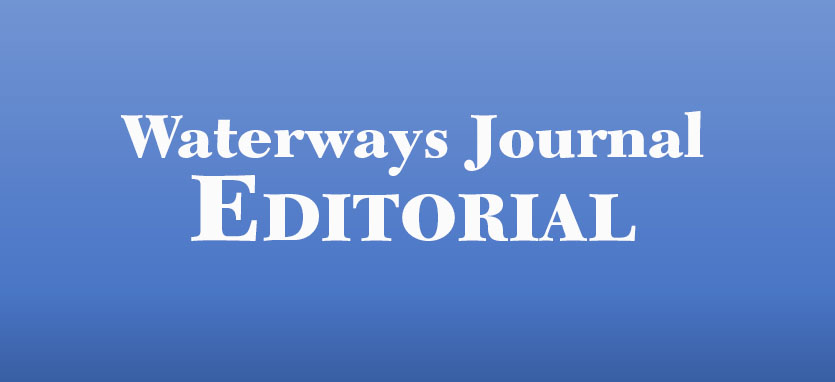In the midst of an ongoing supply chain crisis, life is about to get more unnecessarily difficult for commercial towing and harbor vessels operating in California waters.
When the powerful California Air Resources Board (CARB) sets state standards or issues regulations for truck engines, car engines or commercial towboats, they automatically have national implications because of the size of California’s population.
Recently, The American Waterways Operators testified about a set of California regulations called Commercial Harbor Craft Regulation, or CHC for short. CHC was adopted originally in 2007 to reduce emissions of diesel particulate matter, oxides of nitrogen, and Reactive Organic Gases from diesel engines used on CHC operated in regulated California waters (within 24 nautical miles of the California coast).
CARB’s CHC regulations are particularly significant given the importance of waterborne commerce to the state of California. California ranks third among states in waterborne commerce by tonnage and fourth in economic impact, with more than $12.2 billion in annual economic activity driven by the domestic maritime transportation industry.
The rule was amended in 2010 and will be fully implemented by the end of 2022, the board says. California added some new amendments this September. CARB’s website explains, “CARB is currently developing additional amendments to the CHC regulation. Staff is re-evaluating the feasibility of Tier 4 engine technology and the performance of advanced retrofit emission control devices in CHC applications and exploring other operational control strategies for reducing emissions.”
AWO has gone down a long, winding and frustrating road with CARB. AWO submitted comment letters in April and October 2020 that were ignored. According to AWO, CARB has consistently overcounted the number of commercial towing and harbor vessels active in the state’s waters. Using an outdated 2019 vessel count from a U.S. Coast Guard database, CARB claims 219 vessels in its waters, versus that actual 142 vessel AWO counted using real-time data.
Based on the flawed data, CARB claims vessels are under-reporting their emissions. Back in April, the AWO said, “The most impactful and destructive result of this misuse of data is that CARB is incorrectly inflating the emissions of towing vessels by 48 percent based on its vessel count of 219. This is particularly egregious since CARB now knows this number to be inaccurate and understands how to obtain accurate vessel data. … It defies logic and scientific rigor that CARB is continuing to promote a regulation based on an erroneous data set that has led to incorrect and invalid conclusions.”
In addition, CARB has exempted fishing vessels—“arbitrarily and capriciously,” according to AWO. Among its other recommendations, AWO is asking for similar exemptions for oceangoing tugs and barges, either towed on a wire or rigidly connected through an ATB system, which do not operate as harbor craft, and meet all the criteria set by CARB in its decision to exempt the commercial fishing fleet.
“It is reckless for CARB to move forward with a rule that could have devastating impacts on California’s maritime supply chain when it is so clear that its foundation is based on inaccurate data and an unvalidated model,” according to AWO.
Everyone shares CARB’s goal of reducing emissions, and the towing industry is undertaking and exploring many initiatives in that direction. But in a time of supply chain crisis, measures that force operators out of business based on flawed and inaccurate data don’t serve either operators or consumers well.



